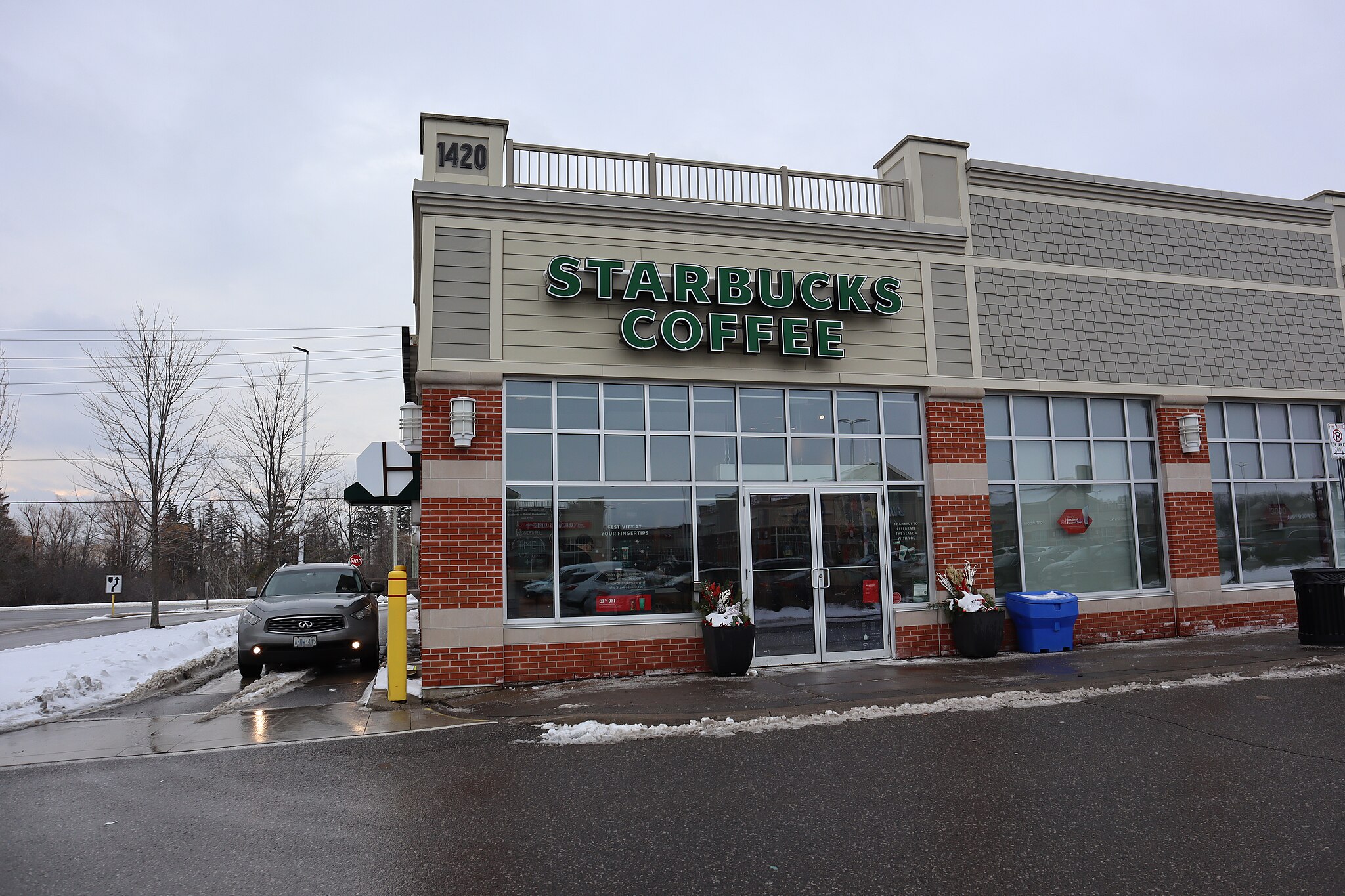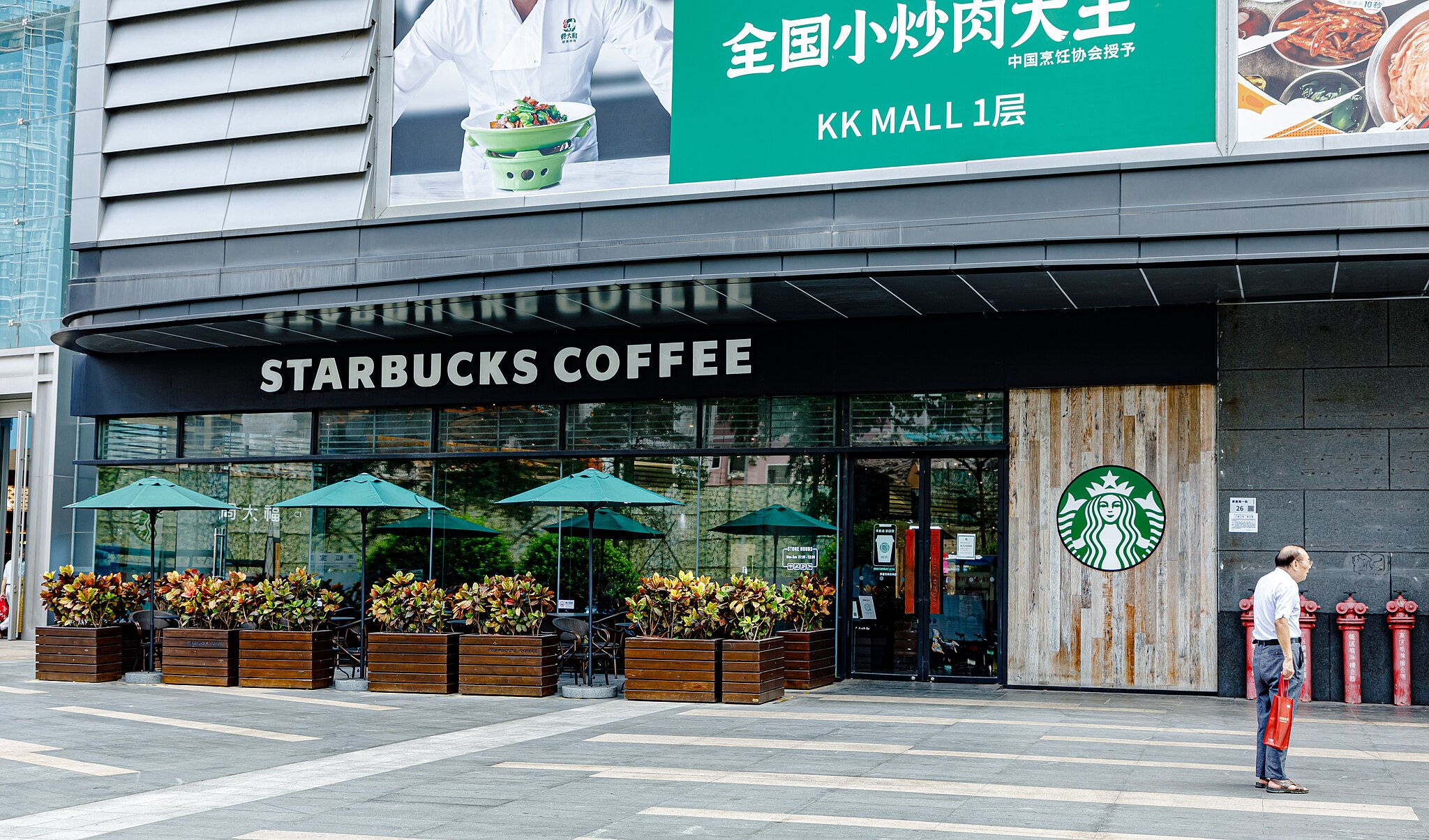The Story of Starbucks' Rise from Local Café to Global Phenomenon
Posted by Emily on 23rd Apr 2024 Reading Time:
In the heart of Seattle's bustling Pike Place Market, amidst the eclectic mix of vendors and artisans, a small café opened its doors on March 30, 1971. This modest establishment, founded by three friends – Jerry Baldwin, Zev Siegl, and Gordon Bowker – bore the name "Starbucks," inspired by the first mate of the Pequod in Herman Melville's classic novel, "Moby-Dick." Little did they know that this humble café would ignite a cultural revolution and redefine how the world consumes coffee.
 Andrepoiy, CC BY-SA 4.0, via Wikimedia Commons
Andrepoiy, CC BY-SA 4.0, via Wikimedia Commons
Starbucks began as a purveyor of fine coffee beans and equipment, aiming to bring the art of coffee roasting to the masses. Drawing inspiration from Alfred Peet, the renowned founder of Peet's Coffee & Tea, the founders honed their craft, experimenting with roasting techniques and sourcing the highest quality beans from around the globe. Their dedication to quality and authenticity soon garnered a loyal following among Seattle's coffee enthusiasts.
By the early 1980s, Starbucks had expanded to four locations in Seattle, offering freshly brewed coffee alongside its signature beans. However, a fateful encounter with a visionary entrepreneur would change the course of Starbucks' history forever.
Enter Howard Schultz, a young executive whose encounter with Starbucks during a sales pitch for coffee machines sparked a revelation. Fascinated by the café's ambience and the Italian coffee culture he experienced during a trip to Milan, Schultz saw untapped potential in transforming Starbucks into a community gathering place akin to the vibrant cafés of Europe.
 LowensteinYang, CC BY-SA 4.0, via Wikimedia Commons
LowensteinYang, CC BY-SA 4.0, via Wikimedia Commons
Despite initial resistance from the founders, Schultz's persistence paid off, and he embarked on a journey to revolutionise the Starbucks experience. In 1985, he founded Il Giornale, a café concept inspired by the Italian coffeehouse tradition. With a focus on espresso-based beverages and warm hospitality, Il Giornale quickly gained traction, captivating coffee lovers with its immersive atmosphere and artisanal brews.
In 1987, Schultz seized the opportunity to acquire Starbucks and merge it with Il Giornale, assuming the CEO role. Under his leadership, Starbucks expanded rapidly, opening new stores across the United States and beyond. From the bustling streets of Chicago to the vibrant neighbourhoods of Vancouver, Starbucks' distinctive green siren soon became a ubiquitous symbol of coffee culture.
Throughout the 1990s, Starbucks continued its meteoric rise, introducing innovative products like the iconic Frappuccino and expanding its footprint into international markets. With each new store opening, Starbucks became more than just a coffeehouse – a global phenomenon synonymous with quality, community, and cultural relevance.
However, success did not come without its challenges. In 2000, Schultz stepped down as CEO, leaving behind a legacy of growth and innovation. In his absence, Starbucks faced a period of stagnation, marked by store closures and declining customer satisfaction.
Recognising the need for change, Schultz returned as CEO in 2008, spearheading a revitalisation effort to reignite Starbucks' entrepreneurial spirit. Through strategic initiatives like store closures, menu diversification, and enhanced customer experiences, Schultz restored Starbucks to its former glory, cementing its status as a beloved global brand.
 Dinkun Chen, CC BY-SA 4.0, via Wikimedia Commons
Dinkun Chen, CC BY-SA 4.0, via Wikimedia Commons
In the following years, Starbucks continued to innovate and adapt to changing consumer preferences. From mobile ordering and digital loyalty programs to sustainable sourcing practices and community engagement initiatives, Starbucks remained at the forefront of the coffee industry, pioneering new ways to connect with customers and positively impact the world.
Today, Starbucks is a testament to the power of vision, perseverance, and passion. What began as a humble café in Seattle has evolved into a cultural phenomenon, spanning continents and touching the lives of millions. As Starbucks looks towards the future, one thing remains certain—the journey from bean to cup is far from over, and the world eagerly awaits the next chapter in Starbucks's story.

